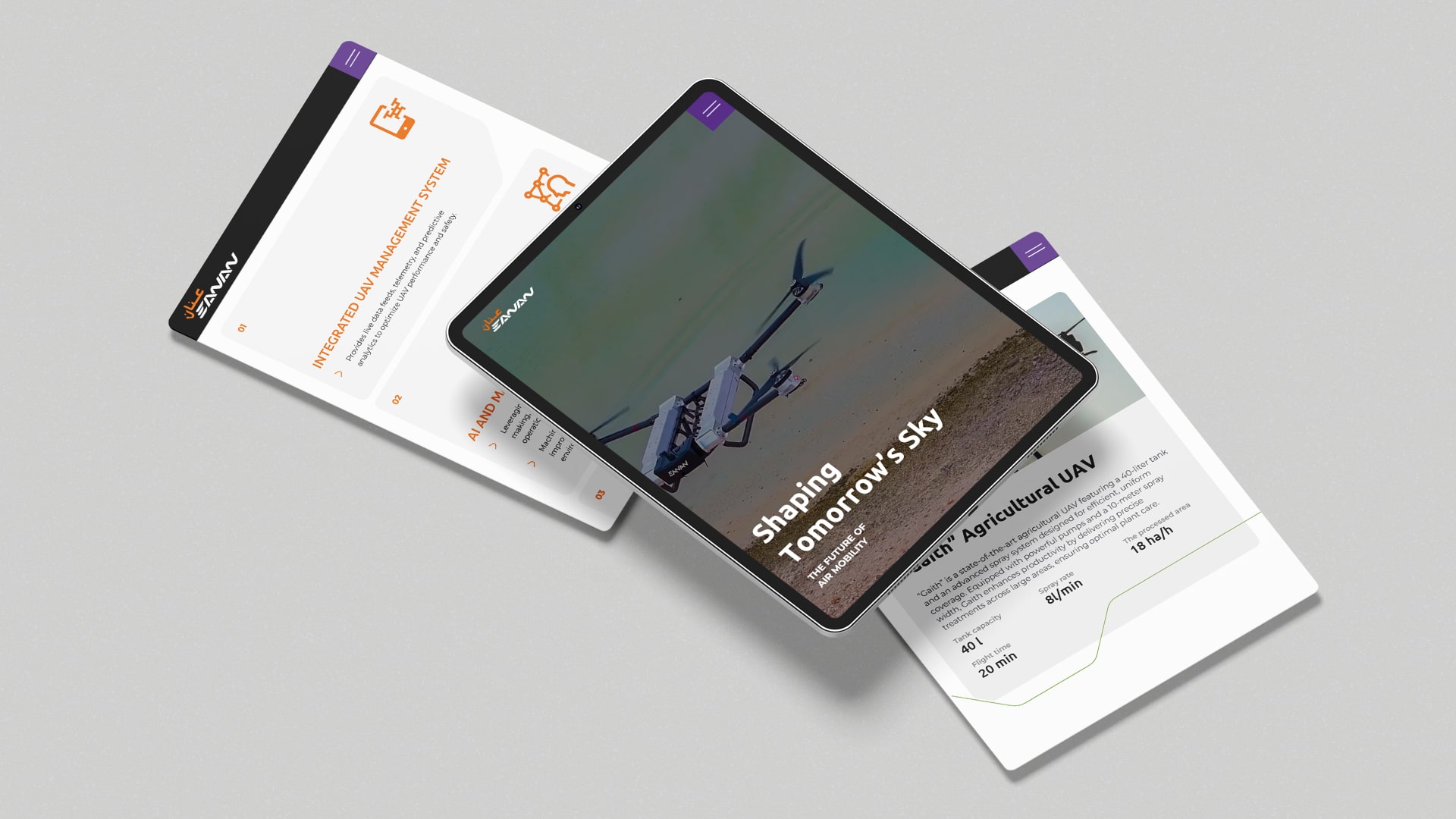You have got diagrams, dashboards, and visuals that deserve attention. But design alone won’t win search. Your visuals must be discoverable, fast, and useful—aka visual content SEO in action. Think of it as giving every image a passport, a clear identity, and a speedy vehicle so it can travel across search engines and land in front of the right people. With the right plan, SEO for visual content marketing becomes a repeatable habit, not a last-minute checkbox.

Why visuals help pages rank
A clear chart or crisp graphic makes skimmers stop and understand. That lowers bounce, increases dwell time, and earns links when people cite your work. That’s why visual content SEO isn’t fluff; it’s a core part of how modern content is seen and shared.
How search engines “read” an image
Robots don’t truly see your picture. They infer meaning from clues:
• File name: “solar-cost-trends-2025.png” beats “IMG_0023.png”.
• Alt text: a short sentence that says what the image shows and the takeaway.
• Surrounding copy: Put the image near the paragraph that explains it.
• Performance: compress: Use efficient formats, and lazy-load below the fold.
If you need quick wins, start with file names and alt text, then optimize images for SEO by compressing and sizing responsibly.
Plan before you design
Ask one question up front: what query is this visual answering? If your post targets “EV adoption rate 2025,” a small bar chart beats a decorative stock photo. Choose the right visual form, sketch labels that a human can scan in seconds, and define a one-line message per visual. That intentionality is the backbone of SEO for visual content marketing and keeps teams aligned.
Formats, sizes, and speed
Use SVG for icons, logos, and simple line art; WebP or high-quality JPEG for photos; PNG only when transparency or special effects demand it. Export at 1x and 2x, keep critical assets around the 100–250 KB range, and lazy-load everything that’s not in the initial viewport. These habits support smart graphic optimization without sacrificing clarity.
Infographics that earn clicks and links
Infographics are perfect for education and shareability. The trick is infographics optimization for visual SEO without making a 5-MB monster. Break the story into sections, pair each section with a short blurb, and keep typography chunky enough to read on mobile. Prefer vector shapes; avoid heavy textures that balloon file size. Provide a text summary directly under the image so people using screen readers and search bots can access the same information. Add a copy-paste embed code with a canonical link.
More infographic SEO tips you can action today
Put a one-sentence intro above the visual that mentions the target topic naturally. 2) Use descriptive file names and alt text that explain what the visual proves. 3) Add citations under the image; they boost credibility and earn organic mentions. 4) Publish a lightweight thumbnail for social and a full-width version on the page. These basics support visual content SEO. Keep your own list of infographic SEO tips.
Charts that tell a story
Numbers persuade only when people can decode them at a glance. Keep one message per chart (“EV adoption doubled in two years”). Label lines and bars directly, use friendly round numbers, and avoid rainbow palettes that make legends necessary. Provide alt text that states the conclusion, not just “line chart.” This is chart content optimization for visual SEO in plain language. If you build an interactive chart, include a static fallback image, then optimize images for SEO again to keep it snappy.
Branded graphics, checklists, and social cards
Branded frameworks—like checklists, step tiles, and mini-frameworks—are share magnets. Standardise a simple template: safe margins, consistent headline size, and a compact logo watermark. That repeatability lowers production time and supports graphic optimization for visual SEO at scale. Don’t forget your Open Graph and Twitter Card tags so your best visual shows up cleanly when someone drops your link into a chat or social feed.
Embed wisely: Video and interactive media
A common question: Does embedding YouTube videos help SEO? It can improve engagement, which correlates with stronger performance, but an embed alone isn’t a silver bullet. Treat it as SEO for embedded media: add a paragraph that summarises the clip, timestamps for key moments, and—if it’s your video—schema markup, a transcript, and a custom thumbnail. Defer loading resources until a user interacts, or at least below the fold, so the rest of the page stays fast.
Distribution: Get your visuals discovered
Publishing is step one; distribution is where links arrive. Share snackable crops of your charts in newsletters and social threads, and point people to the full post for context. Submit standout pieces to industry roundups and data-viz communities. Practice smart infographic outreach to earn pickups and clean attributions. Reach out to journalists who cover the topic with a short pitch and a prewritten embed—classic SEO for visual content marketing move. Over time, each embed and mention compounds your authority. As you scale, bake infographics optimization for visual SEO into your template library so every new design ships quickly, looks consistent, and has the best shot at ranking in image surfaces.
Measurement without tears
Track impressions from Image Search, CTR for pages with heavy visuals, and the number of referring domains that cite your graphics. Watch scroll depth to see where users stall; that’s your cue to simplify a busy section or compress large assets. If certain formats (for example, timelines) consistently outperform, continue to do it more aggressively and create a small library of variants. This is how infographics optimization for visual SEO turns into a measurable growth loop.
Practical checklist
- Intent match: The visual answers a specific search question.
- File names: Descriptive, hyphenated, human.
- Alt text: One sentence describing content plus outcome.
- On-page summary: Short text or bullet transcript.
- Compression: Test tools and settings; aim for crisp and small.
- Dimensions: Correct intrinsic size; no massive downscaling in CSS.
- Schema: ImageObject, Dataset, or VideoObject
- Internal links: Related posts and tools to be interlinked.
- External citations: Credit your data sources.
- Two quick wins: Create content optimization for visual SEO by labelling clearly, and graphic optimization for visual SEO by exporting clean vectors.
Bonus: Note any infographics optimization for visual SEO improvements to try next sprint.
Pulling it all together (a mini blueprint)
- Pick the user question.
- Choose the right visual form.
- Draft labels and a 120-word explanation first.
- Design for one takeaway.
- Export in the right format with clean names.
- Add intro, caption, summary, and schema.
- Publish, distribute, and pitch.
- Review metrics and refine.
Do this a few cycles in a row and visual content SEO becomes muscle memory. You’ll produce assets that people save, share, and link—fuel for sustainable growth.
Winding Up
If you want a done-for-you plan that wraps strategy, design, and implementation into one tidy package—plus help systemize SEO for visual content marketing across your site—reach out to us at GTECH. We are an SEO agency in UAE. We’ll help you ship faster, keep pages blazing fast, and make every graphic pull its weight.
Related Post
Publications, Insights & News from GTECH








